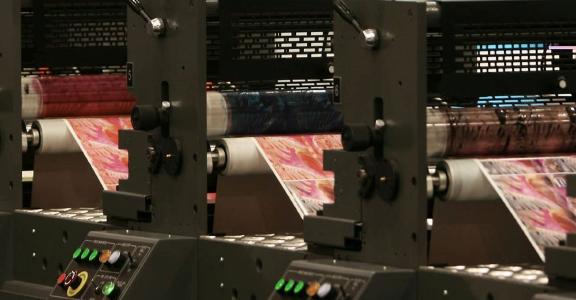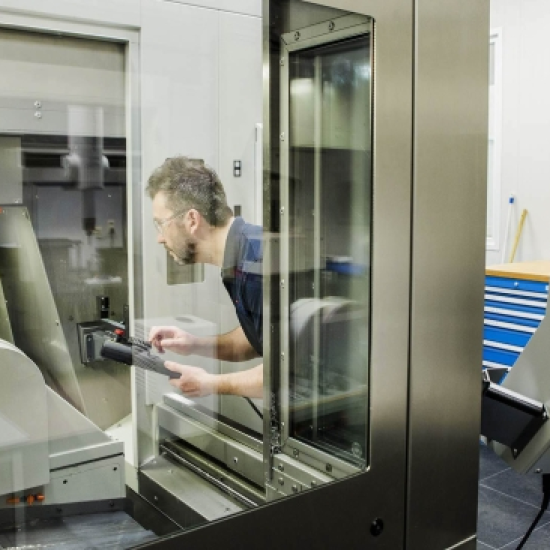Today, operators are often dealing with machine sensors and event logs in a rather passive way: reading failure notifications, performing post-mortem analyses, etc. A more active way could enable them to better understand the behaviour of the machines, recommend adjustments or predict failures before they actually occur. For that purpose Xeikon and Sirris studied how to develop such pro-active approaches for printers.
Xeikon is an innovator in digital printing technology. The company designs, develops and delivers web-fed digital colour presses for labels, packaging applications, and commercial printing purposes. Advanced usage of event data proved crucial to operate and maintain printer engines more efficiently.
Developing more pro-active approaches is not a trivial task, as there are many challenges: first of all, continuous numerical sensor data must be combined with textual discrete event logs. There is no ground truth about the actual behaviour of the printers. Operators have a significant impact on printer behaviour, which requires to distinguish between “operator behaviour” and “printer behaviour”. Lastly, event logs were designed for debugging purposes, not to provide detailed information on the state of the printers.
AI and data-driven solution
Xeikon and Sirris set out to characterise the behaviour of the printers - faulty, healthy, slight overheating, etc. - by means of a data-driven approach, which combines the sensor data and the event logs.
The approach starts by extracting the typical behaviours of the printers from the event logs, as they reflect the internal processes of the printers. First, the event logs are cleaned and segmented (i.e. the event logs are grouped by printing period), to create atomic event logs that contain all the events pertaining to one specific process, such as a print job. The segments are then clustered to extract the typical internal processes using a variety of approaches borrowed from text mining, such as term frequency scoring, random indexing-based clustering, etc.
The typical internal processes are then characterised by combining event logs and sensor data, to build a wide variety of KPIs, such as the density of warning events, the presence of certain events, the increase of unsolved events, the speed at which a sensor/feature reaches its setpoint (i.e. the operator-specified value), etc. The values of these KPIs for the different clusters provide an indication of the performance related to the typical behaviours.
Characterised clusters
These characterised clusters and typical behaviours can then be used to better understand the behaviour of the printers, assist operators, and facilitate predictive maintenance. For example, if a printer showed up multiple times in the overheating cluster, a specific part was probably malfunctioning.
This case was realised as a part of the TRACY project, funded by Flanders Innovation & Entrepreneurship (VLAIO).
|




